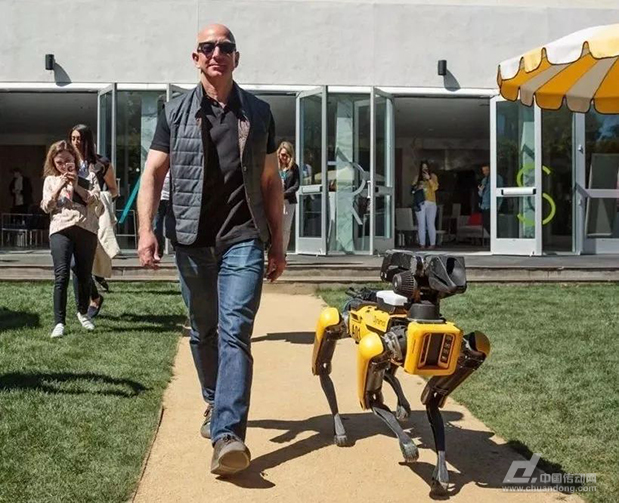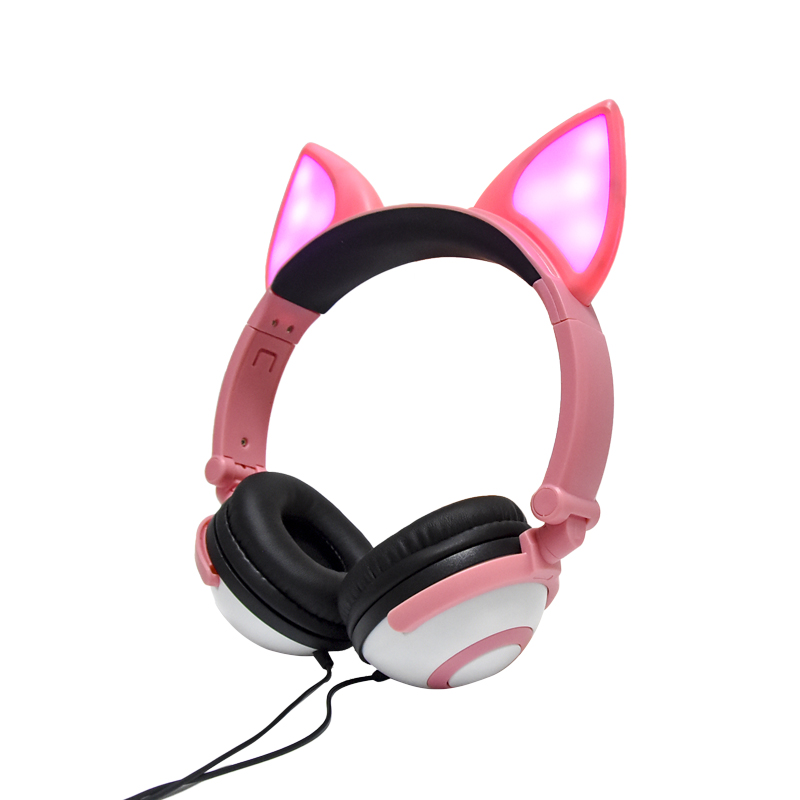[Amazon was revealed to be secretly developing a home robot or having 5 smarts and meeting with consumers in 2019] The Kindle succeeded. Echo succeeded. Now, Bezos, who leads the army of 45,000 robots, has also bet on the home robot of the treasure, trying to expand more. Scenes. However, if Amazon’s move is successful, I’m afraid that Echo’s life will be changed. Moreover, there are many home robot players, and Bezos’s odds are geometric.

Ten years ago, Amazon introduced the Kindle, which changed the way people read books and established the appeal of reading on digital devices. Four years ago, Amazon launched Echo, and millions of people began to talk with smart speakers.
Now, Bezos has launched another big gambling game: home robots.
News quoted sources today as saying that the retail and cloud computing giant has embarked on an ambitious top secret plan to create a home robot.
This project is code-named "Vesta" (Veceros), a goddess of the Roman myth that governs the stove, fire, and family. ProjectVesta is responsible for GreggZehr, the head of hardware development at Lab126. Lab126 is a secret laboratory founded in 2004, from which Kindle readers, Echo speakers, FireTV set-top boxes, Fire tablets, and the ill-timed FirePhone were born.


Lab126 recruitment page
The Vesta project began a few years ago, but this year Amazon is making a big splash for this project. The recruitment page of Lab126 official website has many new positions such as "Software Engineer, Robot Technology" and "Sensor Engineer".

Informed sources revealed that Amazon hopes to start testing home robots at the end of this year at the employee's home and may start cooperation with consumers as early as 2019. However, the timetable may change, and Amazon's hardware projects sometimes abortion.
It is unclear what tasks Amazon's robots can perform. Informed sources speculate that the Vesta robot may be an Alexa-based mobile device that can accompany users at home without an Echo device. The prototype of the robot has advanced camera and computer vision software that can be navigated at home like an unmanned vehicle. Former Apple executive MaxPaley currently leads Amazon's work on computer vision. Amazon also hired a professional mechanical engineer in the robotics industry.
Amazon Vesta robot or possesses 5 intelligences and meets consumers in 2019
Although the source did not disclose details of the appearance or function of the Amazon home robot, Amazon has made some large investments in artificial intelligence in recent years. If these AI tools are used in Project Vesta, we can predict what the Amazon robot will have. Functional and machine intelligence.
Amazon's home robot may have the following five functions:
Emotional intelligence
At the end of 2017, Alexa's chief scientist, Rohit Prasad, talked about how Amazon analyzed the user's emotional state based on the voice records collected each time the user interacts with Alexa-supported devices. Amazon began by identifying "frustration" to let Alexa know if it successfully completed a mission. Later this analysis was extended to other types of emotions.
Today, you can say to Alexa "I feel sad" and then you will get an automatic reply. In the future, Alexa will be able to recognize the subtle differences between your voice and the usual voice, thus improving Alexa's user experience.

For robots, this knowledge can be expressed in terms of mood or gestures, movements, expressions, and so on.
For example, Alexa in your car or in the bedroom might notice signs of stress or anxiety in your voice, and in response, when your Amazon robot sees you, it will show more enthusiasm or comfort on its face. The expression. Depending on your behavior, these signals can be used by robots to recommend specific types of music or other activities.
This kind of intelligence is very important not only because it can be used for advertising or personalization experience, but also because understanding the ways of communicating with humans will help robots transform interactions from simple imperatives to more natural communication.
Face recognition
Amazon bots are very likely to have the ability to recognize user faces and deploy all Amazon CloudCam services. CloudCam, released last fall, can use motion detection and face recognition to send alerts to users' mobile phones. AWS also released real-time face recognition technology at AWSRe:invent last year.

AmazonCloudCam
Face recognition can also be used to take photos or videos across the house, and like Google's Clips camera, you can set specific members for shooting.
Recommended shopping and object recognition
In addition, Amazon's robots can also use computer vision to help users shop. The EchoLook released by Amazon last year was to identify clothes through computer vision and recommend clothing for users.
Coupled with Amazon's visual search technology, DeepLens, robots can do more.
Delivery Assistant
Amazon’s new robots can work with Amazon’s various delivery services, whether it’s drone delivery or Amazon Doorkey, which was launched last year.
Accompanying function
A robot that knows how to effectively interact with humans and enhance human capabilities can become a "make up for missing partners." Amazon's robots can be given such intelligence to not only accomplish their tasks effectively, but also to overcome the challenges that machines face when dealing with people.
In the short term, this may mean that Amazon's robots can chat with people and may reduce human loneliness.
What's even cooler is that once these robots are available, users can choose the personality of the robot.
Bezos has a 45,000 robotic army and is expected to surpass human employees in the warehouse center in 2019
Bezos may have an inexplicable preference for robots.
According to the Seattle Times report, at Amazon, there were 30,000 robots used in 2016 and an increase to 45,000 in 2017, which is more than the armed forces of NATO Member States in the Netherlands.
The 45,000 robots are mainly distributed in Amazon's 20 Fulfillment warehouse service centers, including orange Kiva robots and yellow robotic arms.
BusinessInside has forwarded a picture, predicting that in 2019, the number of robots in the Fulfillment Warehousing Service Center will exceed the number of human employees for the first time.

However, the robot army of Bezos is not affiliated with Lab126. They are products of Amazon Robotics and belong to industrial robots.
Amazon Robots purchased KivaSystem in 2012 with a generous $775 million. According to official announcements, Kiva can carry about 1,000 pounds of cargo and can achieve "recharge for 5 minutes and work for one hour." Now it is the main force of Amazon's storage center. .

Kiva's Industrial Robot
In addition, in 2016, Amazon was also exposed for submitting a large-scale UAV patented technology, which Amazon called Amazon's "Flight Center for Fulfillment".



Aerial Fulfillment Center
The "Air Fulfillment Center" hovered at a height of about 45,000 feet in the air, and at the same time, the users could move according to their needs. They could not only store materials, but also deliver them when they needed it.
Amazon's self-revolution: The speaker market is fiercely competitive and there are homes for robots
In the United States, smart speaker Echo and Alexa assistants dominate the market, occupying 73% of the market. Echo, which came out four years ago, led the global AI speaker explosion.

Source: kantar
However, the popularity of AI speakers also made Echo face numerous opponents. A number of players, including Apple's HomePod, Google Home, and its acquisition of Nest, are challenging Amazon's position.
The threshold of smart speaker technology is not high. Once opponents improve their interaction and content output, Amazon’s relative advantage will be lost.
As a result, the home robot became Bezos's guardian. And if it succeeds, it means that Echo's life has been changed.
In fact, Bezos's big gambling is not so easy to win.
For decades, home robots have been able to provide companionship or basic housework, which has made the industry very attractive. Numerous people have gone on to succeed, but none have successfully entered the home market.
In 1983, Atari's founder, Nolan Bushel, launched a 3-foot-high, snowman-shaped Topo robot controlled by an Apple II computer, which was considered the earliest home robot, but it had almost no other features and sold poorly.
Now, Japan and China have emerged a large number of robot companies in the past few years. The Robotstart Association of Japan released a comparative map of the Japanese robotics industry last year. It can be seen that there are many players in this industry, but there has never been an absolute leader.

In the context of the "100 wars", the admission of giants like Amazon may be a bad sign for practitioners, especially startups.
Not only that, Sony and LG Electronics have also developed an interest in this industry. At CES this January, LG showed a robot named Cloi. Sony showed off a new version of a robot dog called Aibo, but except for the call, it didn't do much.

Aibo robot dog
Advances in computer vision and voice technology have allowed Amazon to bring home robots to the market. However, we will wait and see if we can enter the family.
Fox Ear Headphones are the latest exclusive patented headphones designed by LINX Headphone Factory. On the basis of ordinary headphones, plus fox ears, it is more lovely. The fox ear emits colorful LED lights, and the lights can be freely controlled. There are 3 LED ways: flashing, LED always on and off.
Advantages:
1. Fox ears, exclusive private model patent, cute shape.
2. LED bright light up.
3. Multiple colors, can be mixed batch.
4. In stock, 24 hours delivery.
5. Colors can be customized freely.

Fox Ear Headphones,Disposable Earphones,Fox Headphones,Fox Earphones
Shenzhen Linx Technology Co., Ltd. , http://www.linxheadphone.com